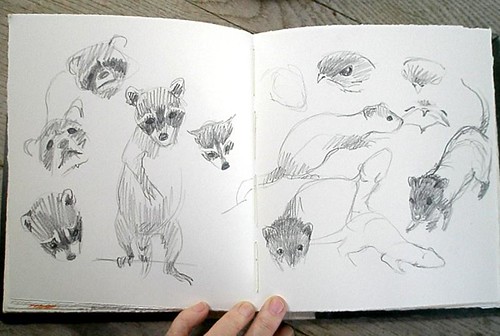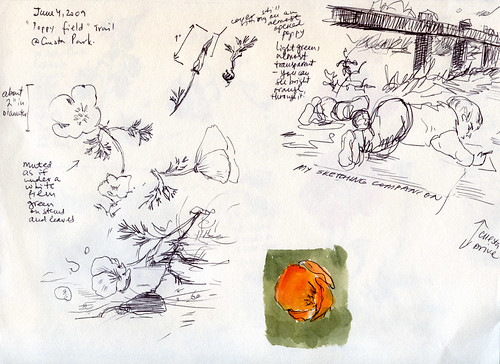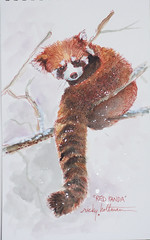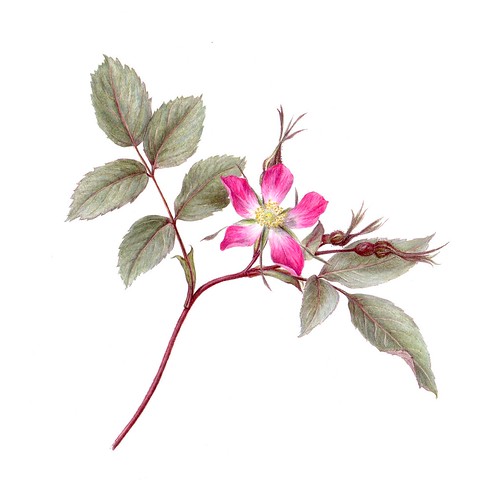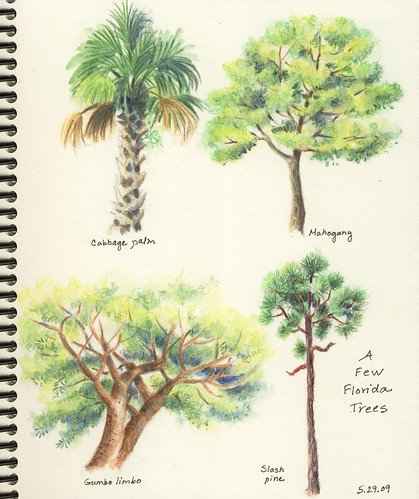“The wonder is that we can see these trees and not wonder more.”
~ Ralph Waldo Emerson
One of the exercises in Cathy Johnson’s online watercolor pencil class is to render different tree shapes, therefore I’ve done four different sketches of Florida trees. The challenge for me was to consider carefully the ways these trees were different from each other – the overall colors, the shapes of leaf clusters, the mass of the trunks, and the line of the branches. This deeper observation of different species led to further thinking about the place each tree holds in its particular habitat, and then the role that trees have on the earth as a whole. Trees are amazing creations. Without going off on that particular tangent, let me tell you a little about these specific four trees.
The Cabbage palm is everywhere in southwest Florida – from landscaped malls to the middle of the Everglades. The growing buds used to be harvested as swamp cabbage, providing food for people throughout history. The old leaf bases that sometimes persist along the trunk are called “boots.” Inside these boots you can find dry palm fiber for kindling, all types of insects, and even seedlings. Ferns love to grow in the leaf bases, but so do trees like strangler fig. There is a mysterious night visitor that sometimes tears away the bottom boots from a nearby cabbage palm, and I suspect it’s a possum or an armadillo. He leaves them scattered like package wrappings all around the tree. The bees love the blossoms, and numerous birds enjoy the fruit, a black-brown berry.
Mahogany is a tree I’ve written about before, so I won’t make you read it again (!), but you can click here to see the blog entry if you like. You can also see the opened seedpod here.
Gumbo limbo is a tropical tree, so you won’t this one too much north of our area. It’s frost sensitive, but ours are planted on the south side so they haven’t suffered much during the last freezes. It has an amazing ability to root from a single branch planted in the soil, and was often planted for fencing in the past. Nowadays it serves as a lovely landscape tree with bird-attracting berries and an interesting bark. Nicknamed “the tourist tree,” it has a red bark that peels easily (like sunburned tourists). Some people also feel that the trunk and branches look similar to human limbs; I’ll let you decide that for yourself.
Slash pine is another tree found throughout our area –in landscape plantings and growing wild. You can see a typical pine flatwoods habitat sketch on my Flickr photostream here and a closer view of the bark here. Recently I’ve found two downed nests under our slash pine, I think they’re mourning dove nests, but I’m not sure; they have a loosely woven structure with a mud or dirt floor. One particular nest had all sorts of plastic ties and pieces of weed-whacker cord in it, which made for an interesting assemblage! Both nests appeared to be unoccupied. The squirrels seem to like slash pine cones; I’m always finding just the core, much like an old corn cob. I think the squirrels tear off the pinecone scales to get at the seeds within. Hope you enjoyed a small tour of common Florida trees!
Elizabeth Smith ~ Naples, FL, USA
